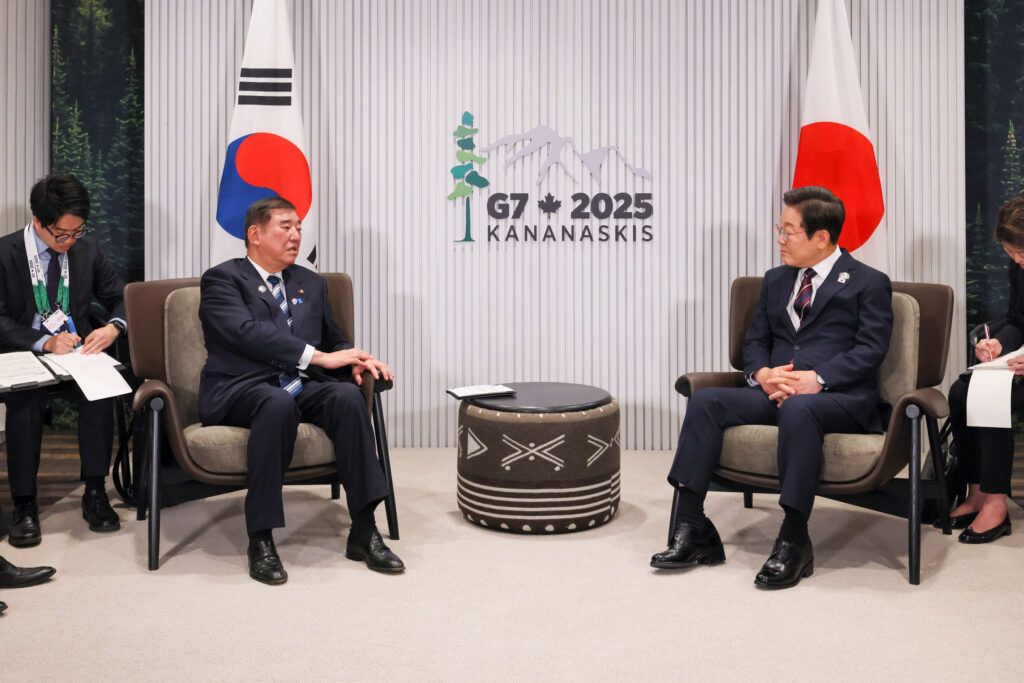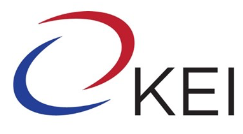The Peninsula
President Lee Jae Myung’s Strategic Decision to Stop in Tokyo Before Washington

Great attention in South Korea is rightfully focused on the high-stakes visit later this month of President Lee Jae Myung to Washington, DC. Worries about the future of alliance relations with the United States are growing, fed by the apparent readiness of President Donald Trump to abandon Ukraine and subordinate relations with Europe to those with Russian President Vladimir Putin.
All this, however, also serves to underscore the strategic importance of President Lee’s decision to stop in Tokyo on his way to Washington. Aside from the unprecedented decision to visit Japan before the United States, the August 23–24 visit allows the two Asian neighbors and allies of the United States to tightly coordinate their response to the Trump administration.
South Korea and Japan face an overlapping set of challenges in managing relations with the United States under the second Trump administration. Both are under pressure to vastly increase defense spending, fork over much larger amounts of money to support U.S. force presence, deal with high tariffs on vital exports such as automobiles and electronics, and subordinate their handling of economic and diplomatic ties with China to the Trump administration’s policy.
The South Korean government has closely followed the progress—and lack thereof—of Japan’s trade and diplomatic talks with the United States. And to a large extent, South Korea’s policy responses, from increasing direct investment to easing non-tariff barriers, have mirrored those of Japan.
But Lee’s upcoming meeting with Prime Minister Shigeru Ishiba in Tokyo implies more than just policy coordination. As the South Korean leader indicated in his Liberation Day speech on August 15, there is a growing emphasis on deepening the bilateral partnership to effectively hedge against the United States’ retreat from global leadership and security commitments.
Lee avoided the anti-Japanese rhetoric often pushed by previous South Korean progressive administrations. Instead, his sophisticated address took note of the “polycrisis” facing South Korea—from realigned supply chains, the collapse of the global trade order, industrial and technological transformation, and climate change. In that context, he gave special emphasis to the role of the South Korea-Japan relationship.
“Korea and Japan have achieved industrial development in tandem. As such, we will be able to overcome the challenges of the artificial intelligence era, which is marked by competition to secure a commanding lead, when our two countries pursue future-oriented cooperation based on mutual trust. Guided by the principle of pragmatic, national interest-focused diplomacy, we will seek forward-looking, mutually beneficial cooperation with Japan while holding frequent meetings and frank dialogues through shuttle diplomacy. The stronger the trust, the higher the quality of cooperation.”
Confronting the Past
Unlike last year’s address by Yoon Suk Yeol, President Lee confronted the thorny issue of history—the painful past of Japanese colonialism and ongoing issues over wartime justice and acknowledgement of South Korean victims of Japanese rule.
“I hope that the Japanese government will squarely face up to our painful history and strive to maintain trust between our two countries,” Lee added in his speech. “I believe that such efforts will bring greater shared benefits and a brighter future for both sides.”
South Korean reactions were broadly supportive, from both conservative and progressive circles, reflecting the popular support for improving South Korea-Japan relations.
Ishiba’s willingness to acknowledge Japan’s wartime past and responsibility is widely known, particularly in contrast to the views of the right-wing faction in his Liberal Democratic Party (LDP). He signaled a desire to utilize the eightieth anniversary of the end of World War II to issue his own statement on the nature and lessons of the war. But leading up to August 15, the Japanese leader was under great pressure from within his own party, particularly following their loss in the July election for Japan’s legislative upper house.
The right-wing Japanese daily Sankei Shimbun issued a warning to Ishiba on August 11 that he should not express his “one-sided, masochistic view of history, viewing Japan as the aggressor in the conflict. If the Prime Minister goes ahead and expresses such views, regardless of the timing or format, it could lend momentum to anti-Japan propaganda by China, South Korea and North Korea and risk injury to Japanese citizens.”
Ishiba has tried to maneuver between these pressures and his own desire to draw lessons from Japan’s mistakes that led to war. He issued a short address on August 15 at an official memorial ceremony for the war dead.
“Eighty years have now passed since the war ended,” Ishiba said in his address. “Today, generations with no firsthand experience of war make up the great majority. We must never again repeat the horrors of war. We must never again lose our way. We must now take deeply into our hearts once again our remorse and also the lessons learned from that war.”
It marked the first time in thirteen years that a Japanese leader used the word hansei, which is sometimes translated as remorse but can also be understood as self-reflection. In its Japanese usage, it implies not just acknowledging one’s mistakes but also pledging to avoid such mistakes in the future. Importantly, it was first used by Prime Minister Tomiichi Murayama in 1994, the Socialist leader who issued the standard-setting statement on the fiftieth anniversary of the war’s end, expressing not only “deep remorse” but also referring to Japan’s responsibility for “aggression and colonial rule.”
Ishiba, however, stopped short of repeating those words. While praising his nod toward facing the past, both South Korean and liberal Japanese media faulted him for bowing to pressures and not explicitly confronting history.
The Asahi Shimbun pointed to the prime minister’s failure to confront the strong opposition within the LDP that seeks to draw a line on any further expressions of “apology diplomacy.” The contrast between Ishiba and the powerful right-wing LDP elements was made clear on August 15, when prominent leaders of the party, including some vying to replace Ishiba as prime minister, honored Japan’s war dead at Yasukuni Shrine. The visitors included members of the Ishiba cabinet, notably Minister of Finance Katsunobu Kato and Minister of Agriculture, Forestry and Fisheries Shinjiro Koizumi. Also visiting were close followers of former Prime Minister Shinzo Abe, such as Sanae Takaichi, Takayuki Kobayashi, and Koichi Hagiuda.
Visits by senior officials and political leaders to the shrine evoke memories of Japanese imperialism. In particular, the visit of Koizumi, considered to be the leader of reformist elements of the ruling party, drew comments. His visit “appeared to reaffirm his alignment with Japan’s nationalist right,” noted the Korea Times. “The move drew inevitable comparisons to his father, whose frequent shrine visits during his premiership strained Tokyo’s relations with Seoul and Beijing.”
Previewing the Lee-Ishiba Summit
The Lee administration was clearly encouraged by Ishiba’s statement but also concerned by the Yasukuni visits. The Ministry of Foreign Affairs issued a pro forma statement that “strongly urges the leaders of Japan to squarely face history and demonstrate through action their humble reflection and sincere remorse for Japan’s past history, and stresses that this is an important foundation for the development of future-oriented relations between the two countries based on mutual trust.”
Ishiba has opened the possibility that he may issue a fuller and franker statement of his views on September 2, the eightieth anniversary of the signing of Japan’s surrender. The right wing continues to raise alarms about this option. But “Lee’s first visit to Tokyo might create a more interesting opportunity” for Ishiba to make his views clear, a senior correspondent at the Asahi Shimbun told this writer.
“Tokyo and Seoul share so much in common in coping with Trump,” the veteran Japanese journalist observed. “Lee has sealed off his populist approach, and is sending Tokyo multiple signals that the Korean progressive president is ready for a pragmatic and future-oriented relationship. Let’s see how it plays out.”
It is unlikely the Trump administration is even aware of these developments or understands the importance of this “Japan First” stopover. It will be closely watched, however, not only in South Korea and Japan but in the broader region.
Daniel C. Sneider is a non-resident Distinguished Fellow at the Korea Economic Institute of America and a lecturer in East Asian Studies at Stanford University.
Photo from the Japanese Prime Minister’s Office.
KEI is registered under the FARA as an agent of the Korea Institute for International Economic Policy, a public corporation established by the government of the Republic of Korea. Additional information is available at the Department of Justice, Washington, D.C.
